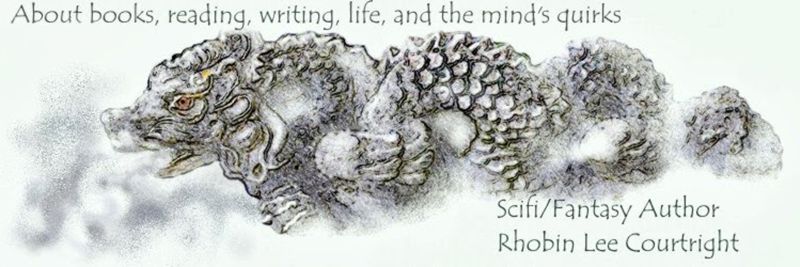During the last century, several scholars and scientists published studies on mythology, folklore and fairy tales, stories that had started with oral storytellers in man's pre-literacy, early history. They wanted to understand the persistence of these stories. Moreover, they knew certain story motifs were encountered in many unrelated cultures and time epochs.
Their ideas developed from the emerging study of psychology. One of the claims Joseph Campbell made was that these tales were necessary for the development of the human psyche. The researchers found that in a subliminal way, these stories helped the listeners overcome the demons, terrors, and dilemmas haunting their dreams and found in their everyday lives. Further, they thought these stories helped society's members learn the morals and customs of not only their culture but also humanity.
Vladimir Propp, a Russian scholar, studied Russian fairy tales and in 1928 wrote the Morphology of Folk Tales, which was transcribed into English sometime in the 1950s. Essentially, it described a series of plot devices found in every Russian fairy tale. Another eminent scholar, Joseph Campbell, in his The Hero With a Thousand Faces released in 1947, tied a similar story morphology with the archetypes and the 'collective unconscious' of Jungian psychology.
What has this to do with readers (or those watching television dramas, movies, or at a guess, those playing video games, for that matter)? Only that these archetypes and plot devices thread through our own modern stories; at least the one we seem to like best.
As a writer, I find this fascinating. Does that mean if all writers follow these structures every story will be like another? Not at all. Stories that contain these forms, just like snowflakes with only six sides, can enjoy an infinity of difference. A plus side – these story forms are already known to engage the audience.
In upcoming posts I will try to show the popular archetypes and structures found in our media today and how they operate, so come back soon.
Their ideas developed from the emerging study of psychology. One of the claims Joseph Campbell made was that these tales were necessary for the development of the human psyche. The researchers found that in a subliminal way, these stories helped the listeners overcome the demons, terrors, and dilemmas haunting their dreams and found in their everyday lives. Further, they thought these stories helped society's members learn the morals and customs of not only their culture but also humanity.
Vladimir Propp, a Russian scholar, studied Russian fairy tales and in 1928 wrote the Morphology of Folk Tales, which was transcribed into English sometime in the 1950s. Essentially, it described a series of plot devices found in every Russian fairy tale. Another eminent scholar, Joseph Campbell, in his The Hero With a Thousand Faces released in 1947, tied a similar story morphology with the archetypes and the 'collective unconscious' of Jungian psychology.
What has this to do with readers (or those watching television dramas, movies, or at a guess, those playing video games, for that matter)? Only that these archetypes and plot devices thread through our own modern stories; at least the one we seem to like best.
As a writer, I find this fascinating. Does that mean if all writers follow these structures every story will be like another? Not at all. Stories that contain these forms, just like snowflakes with only six sides, can enjoy an infinity of difference. A plus side – these story forms are already known to engage the audience.
In upcoming posts I will try to show the popular archetypes and structures found in our media today and how they operate, so come back soon.

This comment has been removed by a blog administrator.
ReplyDelete